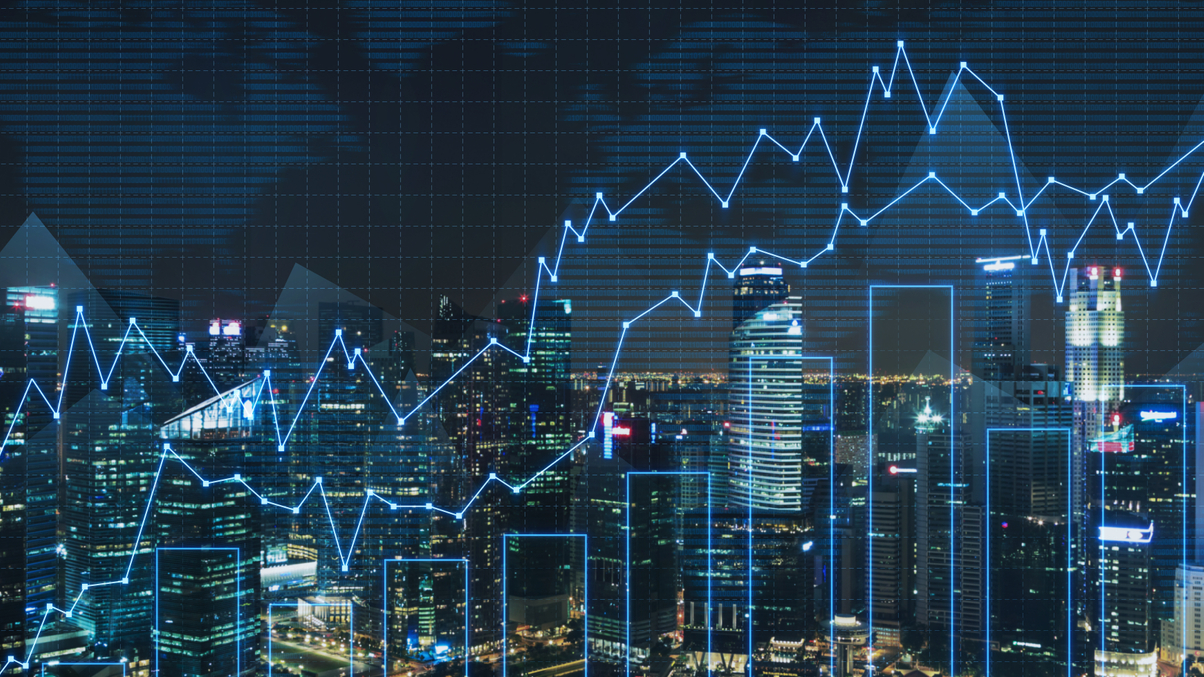partner content
Why Invest in Asia in an Age of Confrontation? Part 3
Robert Horrocks PhD, Chief Investment Officer, Matthews Asia, concludes his three-part look at how investors are allocating their money as if the short-term trend is now the long-term reality

In the first two parts of our three-part series, we exploredthe current climate of confrontation facing investors —and why invest in Asia in this age of confrontation? It’s easy to get sucked into the political noise and forget the fundamental facts of economic growth. When looking at Asia, it’s important to note that labor’s share of income across Asia as a whole is rising, and I believe earnings per share growth in Asia will likely be much closer to nominal GDP growth than it is has been in recent years. And is a more protectionist U.S.A. likely to reverse this?
Sign In to Your Account
Access Exclusive AsianInvestor Content!
Please sign in to your subscription to unlock full access to our premium AI resources.
Free Registration & 7-Day Trial
Register now to enjoy a 7-day free trial—no registration fees required. Click the link to get started.
Note: This free trial is a one-time offer.
¬ Haymarket Media Limited. All rights reserved.


